We put the Realme GT Neo 5 (240W) through our rigorous DXOMARK Audio test suite to measure its performance both at recording sound using its built-in microphones, and at playing audio back through its speakers.
In this review, we will break down how it fared in a variety of tests and several common use cases.
Overview
Key audio specifications include:
- Two speakers (Top front, bottom side)
- No Jack audio output
- Dolby Atmos technology
Scoring
Sub-scores and attributes included in the calculations of the global score.
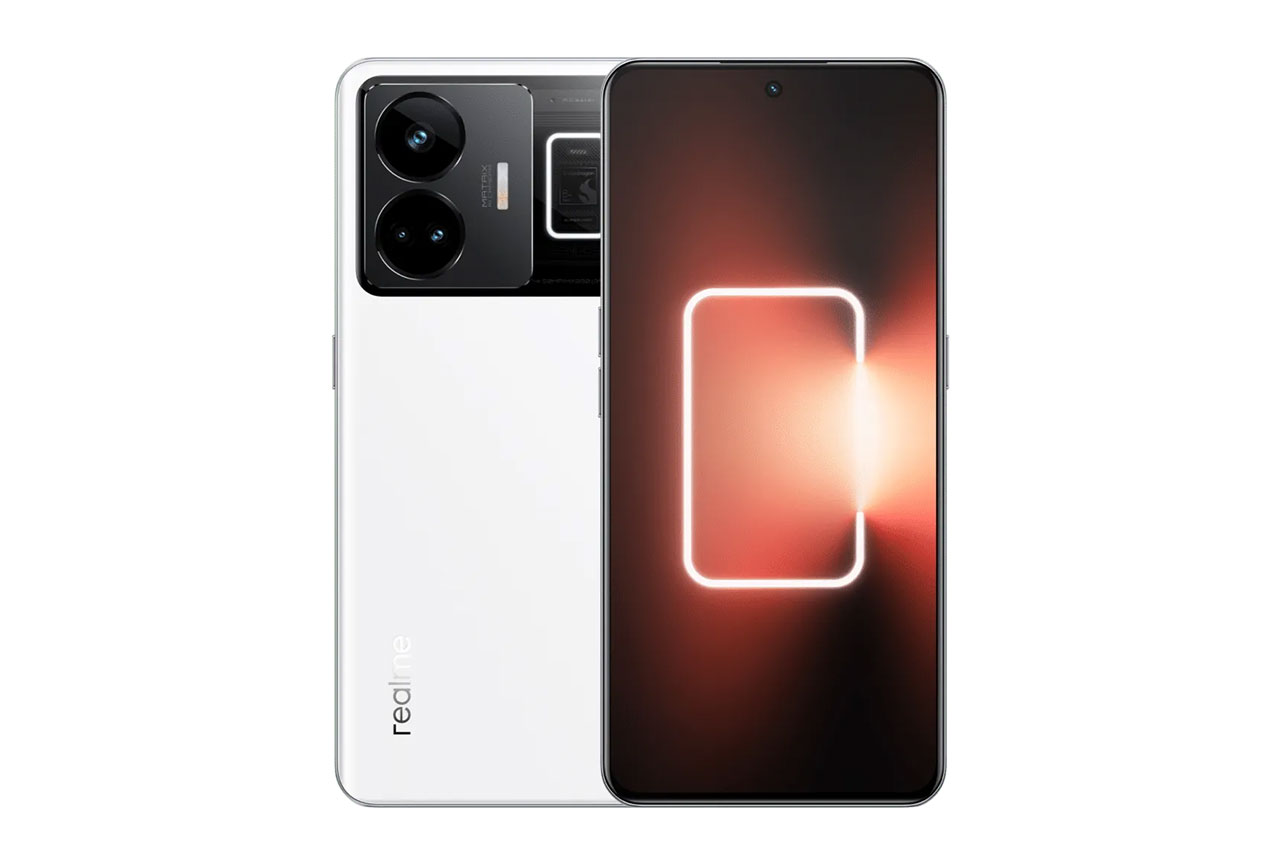
Realme GT Neo 5 (240W)


 76th
76th 7th
7thPlayback
Pros
- Good Dynamics performance
- Pleasant treble, good tonal balance at soft volume
- Great depth and localizability
Recording
Cons
- Quite hissy tonal balance
- Not great for recording at high sound pressure levels
- Several unwanted artifacts in Recording
In the DXOMARK Audio tests, the Realme GT Neo 5 (240W) delivered an overall decent performance and showed good improvements over the previous generation GT Neo 3 in both Playback and Recording. Our experts particularly liked the loud and clear recordings but unwanted audio artifacts at high sound pressure levels mean the Realme is not a great option for recording loud content, such as concerts or similar events. Wind noise performance was still below average as well and would benefit from further improvements. Overall recording results were best when using the memo app but also decent with the front and main camera apps.
In Playback, the built-in speakers provided decent audio quality with a good tonal balance, but our experts also noticed a hissy background in some recordings. Playback results were on a very similar level for watching movies, music consumption and gaming.
Test summary
About DXOMARK Audio tests: For scoring and analysis in our smartphone audio reviews, DXOMARK engineers perform a variety of objective tests and undertake more than 20 hours of perceptual evaluation under controlled lab conditions.
(For more details about our Playback protocol, click here; for more details about our Recording protocol, click here.)
The following section gathers key elements of our exhaustive tests and analyses performed in DXOMARK laboratories. Detailed performance evaluations under the form of reports are available upon request. Do not hesitate to contact us.
Playback
Realme GT Neo 5 (240W)
163
DXOMARK engineers test playback through the smartphone speakers, whose performance is evaluated in our labs and in real-life conditions, using default apps and settings.
In our tests, the Realme GT Neo 5 (240W) delivered a decent Timbre performance. However, the tonal balance was quite midrange-centric, and both bass and treble were lacking to some extent. Results were best at soft volume, with treble becoming more aggressive at maximum volume. Dynamics performance was good overall, thanks to a nice attack rendition, decent bass precision and good punch. The built-in speakers created a sound scene with only average wideness but overall the Spatial performance was good, with decent localizability of individual sound sources, realistic distance rendition and very good depth.
In terms of Volume, the Realme left some room for improvement, though. The maximum volume was average at best and the device was far too quiet at the lowest volume level, making it very difficult to hear soft passages in dynamic content, for example classical music. In addition, the volume step distribution was inconsistent. Artifacts results were average, with some light distortion at maximum volume, especially in the high midrange, as well as some very subtle compression. When gaming, our testers also found the bottom speaker to be easily occluded which resulted in a muffled tonal balance.
Listen to the tested smartphone’s playback performance in this comparison with some of its competitors:

Timbre
Realme GT Neo 5 (240W)
158
The Timbre score represents how well a phone reproduces sound across the audible tonal range and takes into account bass, midrange, treble, tonal balance, and volume dependency. It is the most important attribute for playback.

Dynamics
Realme GT Neo 5 (240W)
149
The Dynamics score measures the accuracy of changes in the energy level of sound sources, for example how precisely a bass note is reproduced or the impact sound from drums.
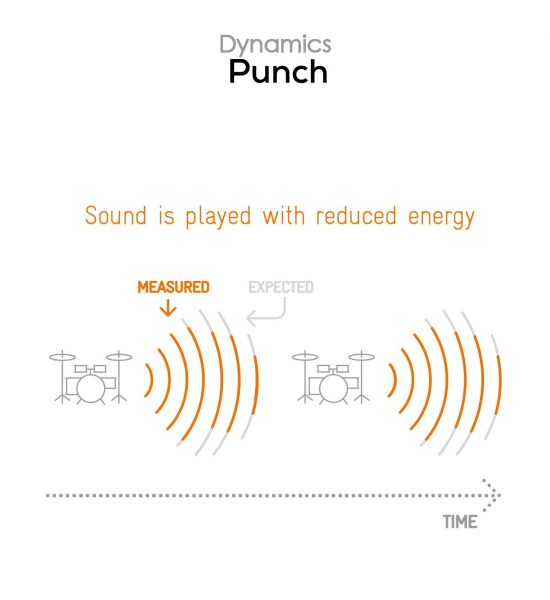
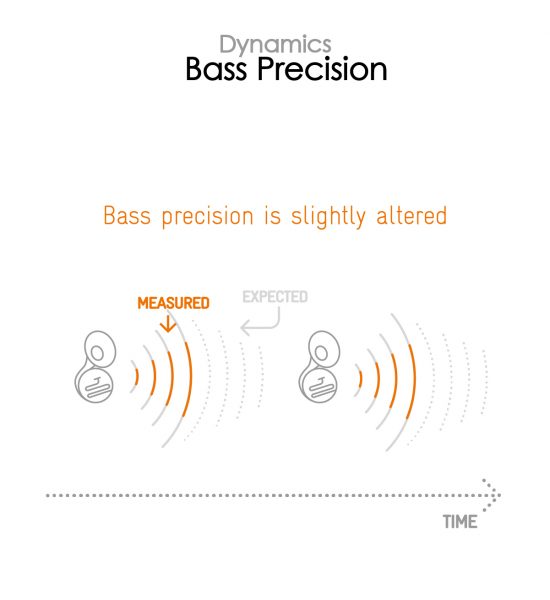

Spatial
Realme GT Neo 5 (240W)
162
The sub-attributes for spatial tests include pinpointing a specific sound's location, its positional balance, distance, and wideness.

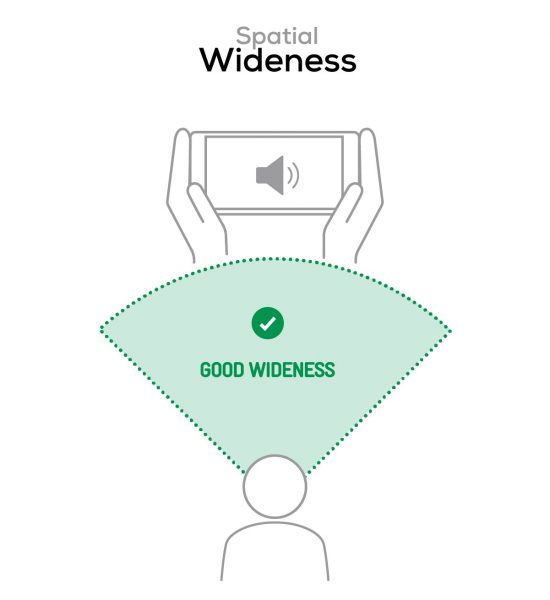

Volume
Realme GT Neo 5 (240W)
162
The Volume score represents the overall loudness of a smartphone and how smoothly volume increases and decreases based on user input.
| Hip-Hop | Classical | |
| Realme GT Neo 5 (240W) | 72 dBA | 68.6 dBA |
| Nubia RedMagic 8 Pro | 77 dBA | 76.6 dBA |
| Google Pixel 7a | 74 dBA | 69.5 dBA |

Artifacts
Realme GT Neo 5 (240W)
157
The Artifacts score measures the extent to which the sound is affected by various types of distortion. The higher the score, the less the disturbances in the sound are noticeable. Distortion can occur because of sound processing in the device and because of the quality of the speakers.
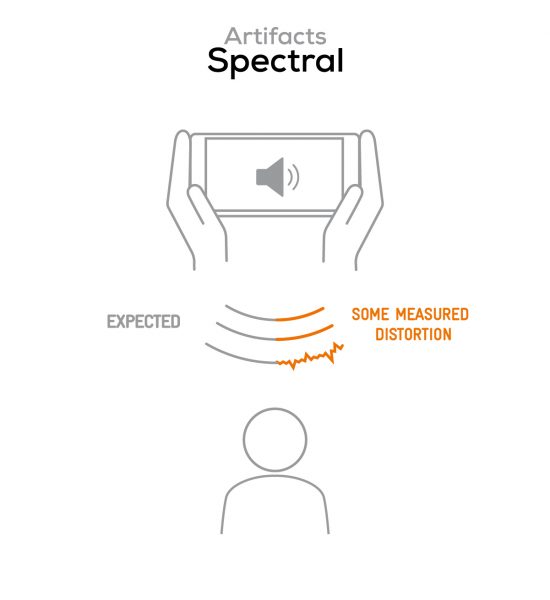
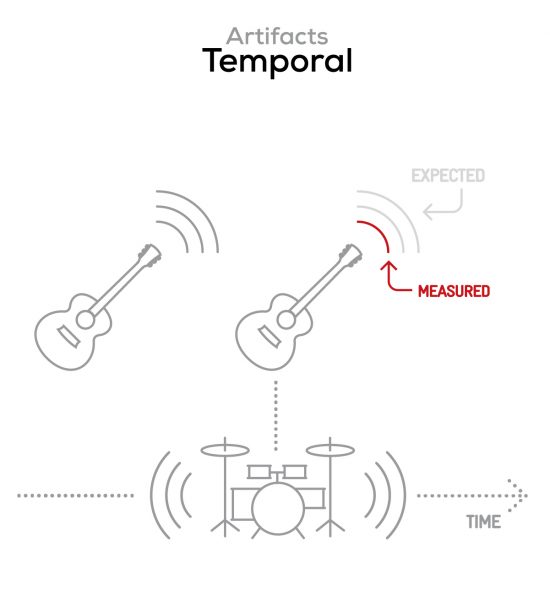
It represents the distortion and noise of the device playing our test signal (0 dB Fs, Sweep Sine in an anechoic box at 40 cm) at the device's maximum volume.
Recording
Realme GT Neo 5 (240W)
160
DXOMARK engineers test recording by evaluating the recorded files on reference audio equipment. Those recordings are done in our labs and in real-life conditions, using default apps and settings.
In Recording, Timbre performance was good, with natural sounding voices, despite measurements showing a lack of lower treble. Midrange was rendered quite well but at high sound pressure levels, for example when recording a concert, our testers found treble to feel blurry and compression resulted in a strong lack of midrange. Bass lacked presence as well. In terms of Dynamics, envelope rendition was good but signal-to-noise ratio was only average, with background noise being noticeable across most recordings.
When recording audio with the main camera app in landscape orientation, the Realme delivered great wideness and localizability of individual sound sources. However, some harsh sibilants meant that it could be harder to pinpoint voices. When recording selfie video in portrait orientation, the stereo scene was rendered narrower, with unrealistic wideness and localizability. Distance rendition was great, though, and volume performance was very good as well, with really loud recordings that helped increase the clarity of speech across most use cases. However, our experts also noticed some unwanted audio artifacts, including compression and pumping, as well as some light distortion when recording at higher volumes. All of these unwanted effects became more intrusive at higher sound pressure levels. Tonal balance of the background was pretty natural but a resonance at 10kHz resulted in some unpleasant hissing.
Here is how the Realme Realme GT Neo 5 (240W) performs in recording use cases compared to its competitors:

Timbre
Realme GT Neo 5 (240W)
147
The Timbre score represents how well a phone captures sounds across the audible tonal range and takes into account bass, midrange, treble, and tonal balance. It is the most important attribute for recording.

Dynamics
Realme GT Neo 5 (240W)
146
The Dynamics score measures the accuracy of changes in the energy level of sound sources, for example how precisely a voice's plosives (the p's, t's and k's, for example) are reproduced. The score also considers the Signal-to-Noise Ratio (SNR), for example how loud the main voice is compared to the background noise.
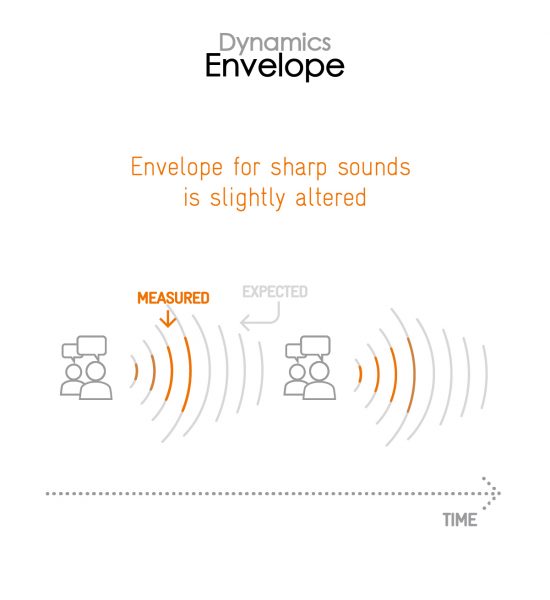
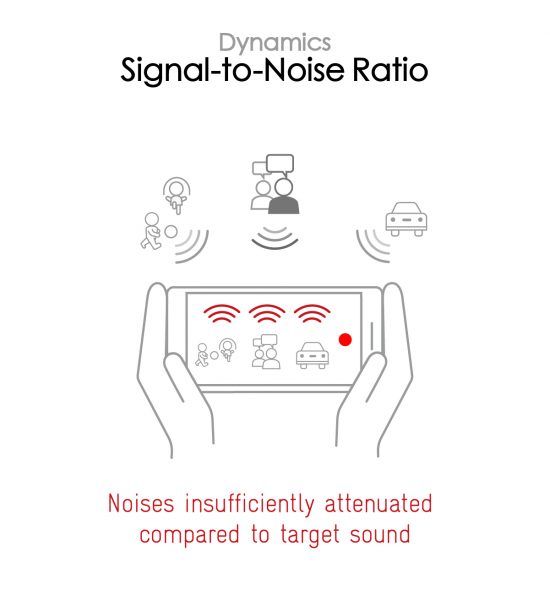

Spatial
Realme GT Neo 5 (240W)
159
The sub-attributes for spatial tests include pinpointing a specific sound's location, its positional balance, distance, and wideness on the recorded audio files.
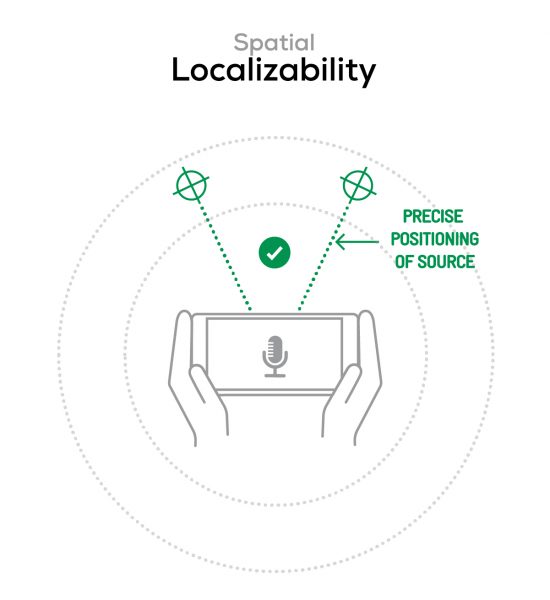
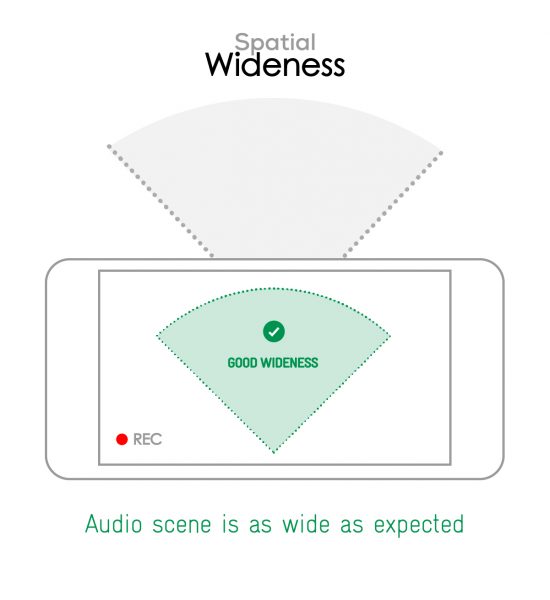

Volume
Realme GT Neo 5 (240W)
170
The Volume score represents how loud audio is normalized on the recorded files and the how the device handles loud environments, such as electronic concerts, when recording.
| Meeting | Life Video | Selfie Video | Memo | |
| Realme GT Neo 5 (240W) | -24.4 LUFS | -18.1 LUFS | -16.5 LUFS | -18.9 LUFS |
| Nubia RedMagic 8 Pro | -33.5 LUFS | -24.4 LUFS | -19.2 LUFS | -28.4 LUFS |
| Google Pixel 7a | -28.7 LUFS | -22.3 LUFS | -20.6 LUFS | -23.4 LUFS |

Artifacts
Realme GT Neo 5 (240W)
145
The Artifacts score measures the extent to which the recorded sounds are affected by various types of distortions. The higher the score, the less the disturbances in the sound are noticeable. Distortions can occur because of sound processing in the device and the quality of the microphones, as well as user handling, such as how the phone is held.
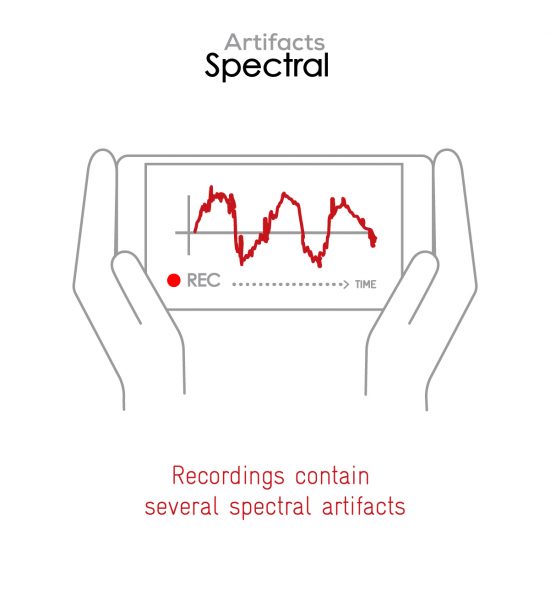
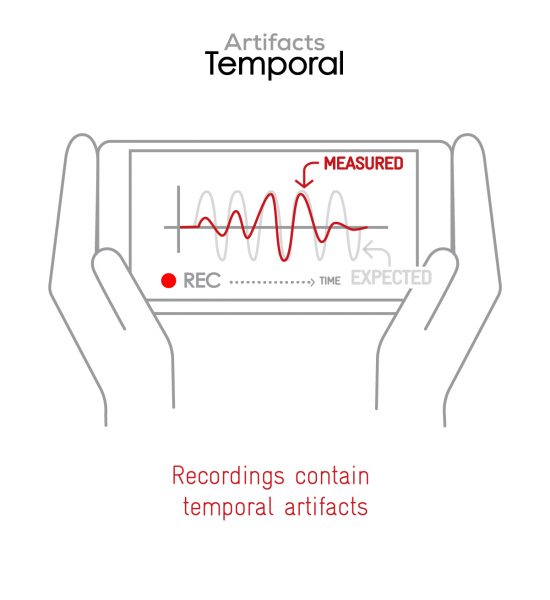
In this audio comparison, you can listen to the way this smartphone handles wind noise relative to its competitors:

Background
Realme GT Neo 5 (240W)
166
Background evaluates how natural the various sounds around a voice blend into the video recording file. For example, when recording a speech at an event, the background should not interfere with the main voice, yet it should provide some context of the surroundings.
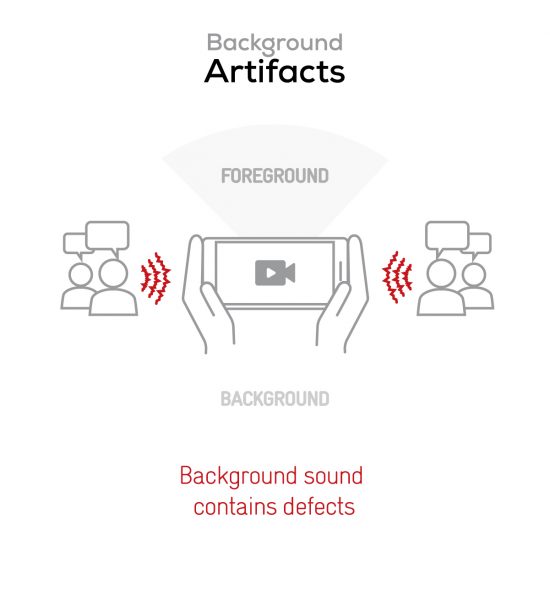
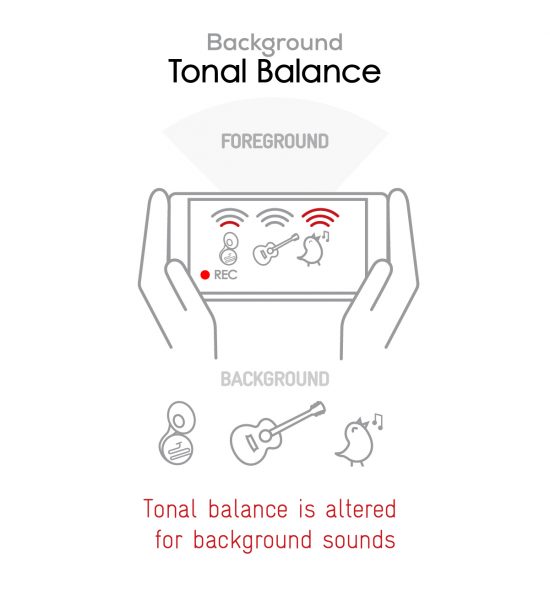


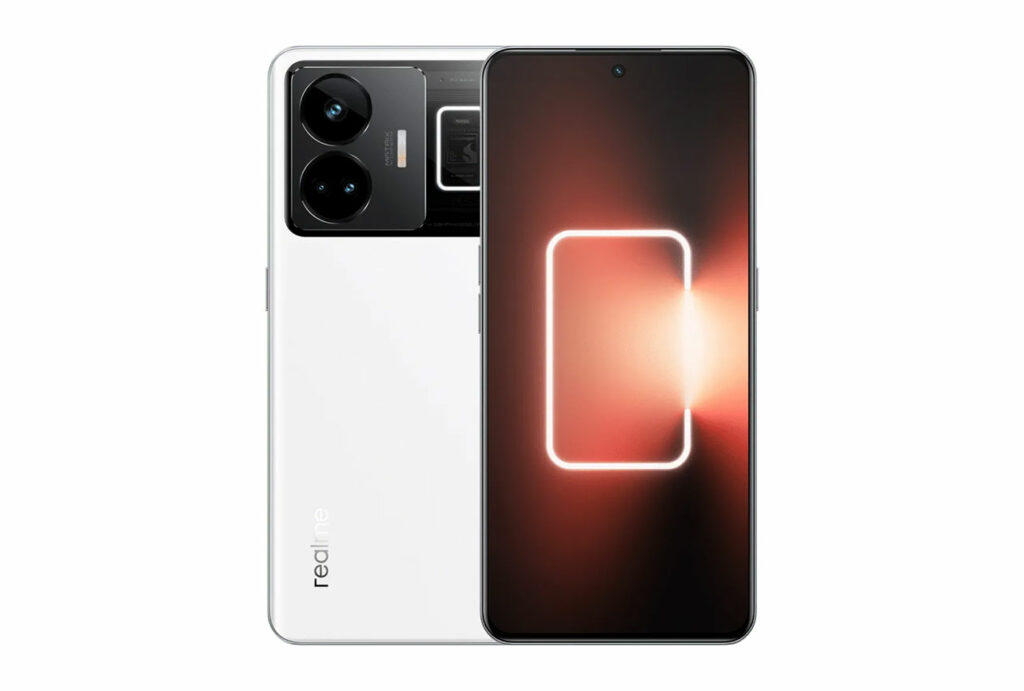
DXOMARK encourages its readers to share comments on the articles. To read or post comments, Disqus cookies are required. Change your Cookies Preferences and read more about our Comment Policy.